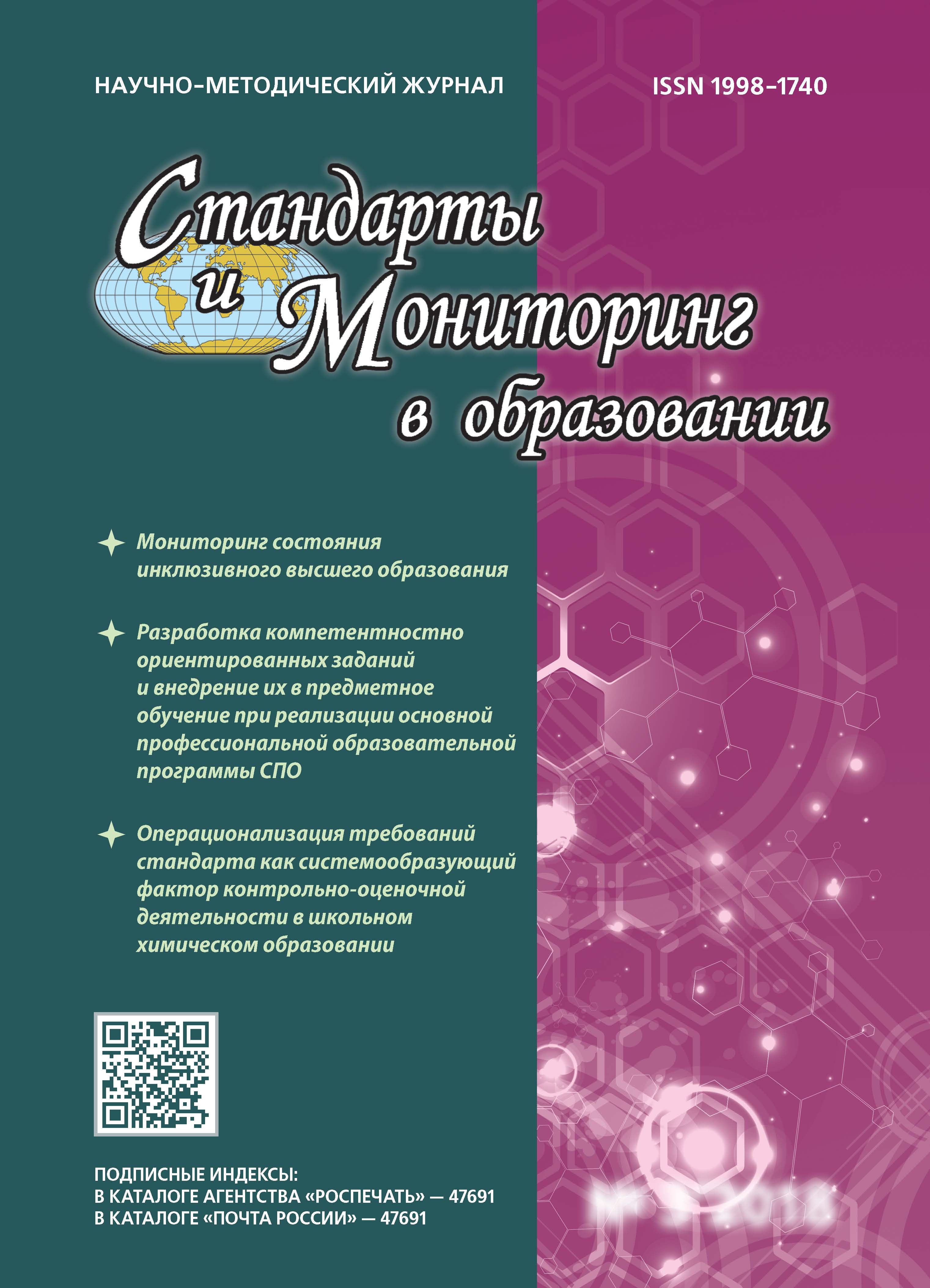from 01.01.2016 until now
Krasnodar, Krasnodar, Russian Federation
Armavir, Krasnodar, Russian Federation
UDK 37.013.46 Теоретическая педагогика
UDK 37.013.42 Социальная педагогика
UDK 37 Образование. Воспитание. Обучение. Организация досуга
The article is devoted to the study of the peculiarities of teaching English to students experiencing difficulties in semantic and agrammatic dyslexia. The purpose of the study is to identify effective methods and strategies that can help students overcome these difficulties in the process of learning English in a non-linguistic university. As part of this work, a literature review was conducted, including scientific publications and research on the topic of teaching English in the presence of dyslexia. The classification of dyslexia was considered, its semantic and agrammatic manifestations were highlighted. As a result of the study, the main difficulties that students face when learning English in the context of dyslexia were highlighted. In the course of the work, recommendations were proposed for English language teachers that will help them to work effectively with students of non-linguistic universities with manifestations of semantic and agrammatic dyslexia.
semantic dyslexia, agrammatic dyslexia, English language teaching, approaches to learning, adaptation of educational material
1. Volodarskaya E. B., Sheboldina E. E. Features of teaching a foreign language to children with manifestations of dysgraphy and dyslexia. TENDENCII RAZVITIYa NAUKI I OBRAZOVANIYa [TRENDS IN THE DEVELOPMENT OF SCIENCE AND EDUCATION]. Samara, 2023. pp.53-56. (in Russian)
2. Lalaeva R.I. Speech therapy: Methodological heritage: A manual for speech therapists and students. defectol. fac. ped. universities/Edited by L.S. Volkova: In 5 books - M.: Humanit. ed. center VLADOS, 2003.- Book 4: Violations of written speech: Dyslexia. Dysgraphy. - 304 p . (in Russian)
3. Lalaeva R.I. Reading disorders and ways of their correction in younger schoolchildren: studies. stipend. - St. Petersburg: Lenizdat; Publishing house of the Union, 2002. - 224 p. (in Russian)
4. Levashov O. V. Functional asymmetry of the magno- and parvocellular systems in local brain lesions and dyslexia: a neurobiological approach // Asimmetriya [Asymmetry]. 2009. No. 2. pp. 73-98(in Russian)
5. Lyubomirova I.Yu., Bobritskaya Yu.M. Features of teaching a foreign language to students with the manifestation of semantic and agrammatic dyslexia // Pedagogicheskij zhurnal [Pedagogical journal]. 2019. Vol. 9. No. 3A. pp. 344-353. (in Russian)
6. Svorak N. Practical tips for teaching English to children with dyslexia. Available at: https://skyteach.ru/ 2018/09/25/prakticheskie-sovety-po-obucheniju-anglijskomu-jazyku-detej-s-disleksiej/ (accessed 28 October 2023) (in Russian)
7. Adams, C. (2007). Understanding speech and language disorders: A guide for teachers and school counselors. Maryland: Rowman & Littlefield Education.
8. Bishop, D.V.M., & Snowling, M.J. (Eds.). (2004). Developmental dyslexia and learning disorders: A neuropsychological approach. London: Psychology Press.
9. Catts, H.W., Bridges, M.S., Little, T.D., & Tomblin, J.B. (2008). Reading achievement growth in children with language impairments.Journal of Speech, Language, and Hearing Research, 51(6), 1569-1579.
10. Gough, P.B., & Tunmer, W.E. (Eds.). (1986). Decoding, reading, and reading disability. Hillsdale, NJ: Lawrence Erlbaum Associates.
11. Nation, K., & Snowling, M.J. (2004). Beyond phonological skills: Broader language skills contribute to the development of reading.Journal of Research in Reading, 27(4), 342-356.
12. Pennington, B.F. (1991). Diagnosing learning disorders: A neuropsychological framework. New York: Guilford Press.
13. Snowling, M.J., & Hulme, C. (2012). The science of reading: A handbook. Chichester: Wiley-Blackwell.






